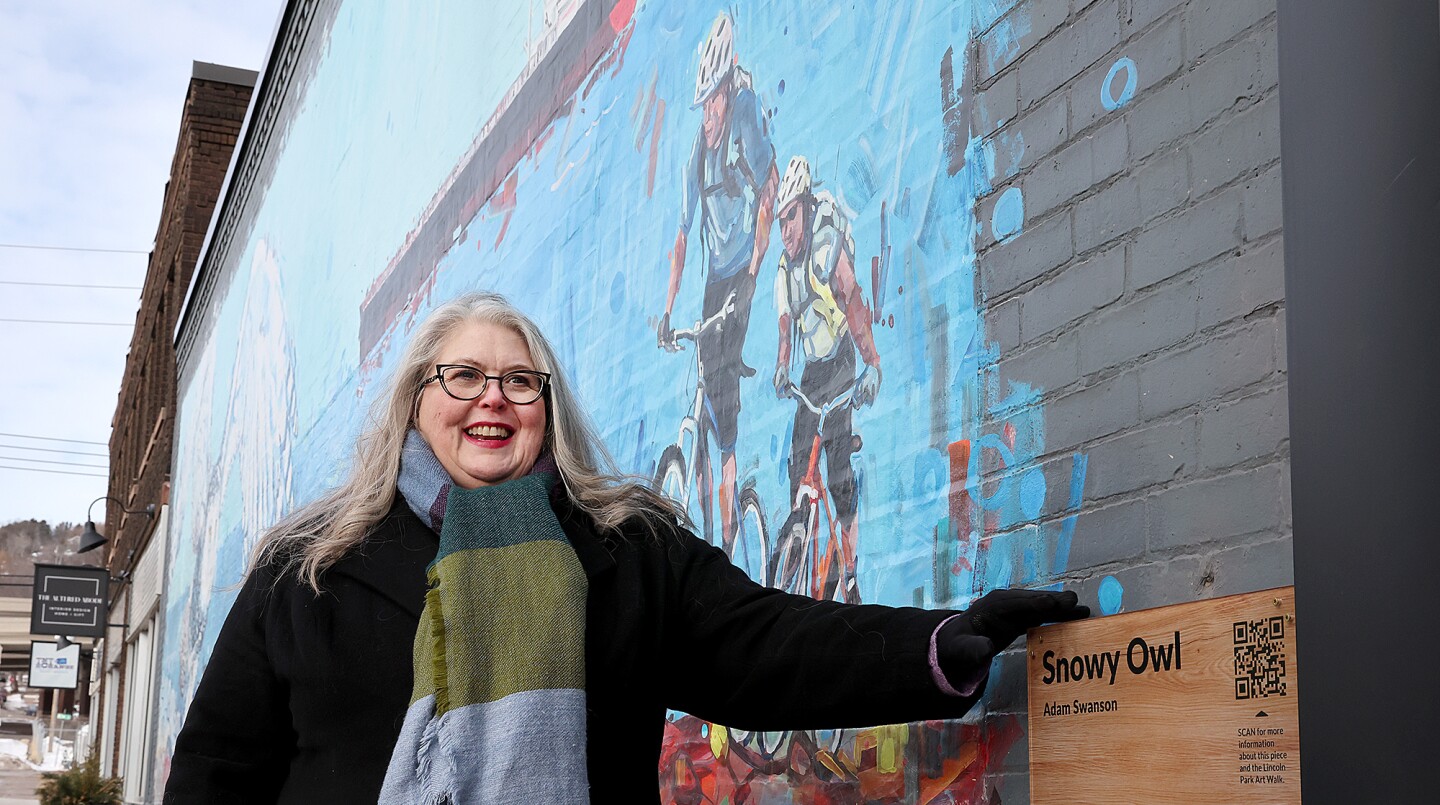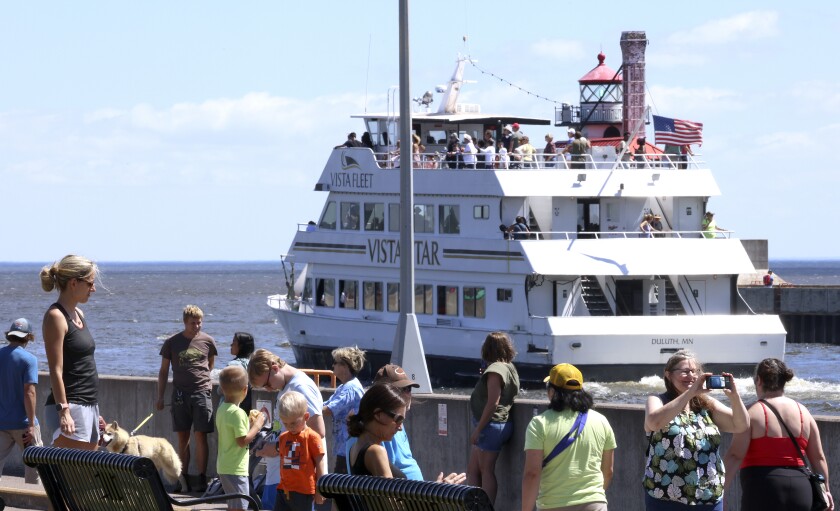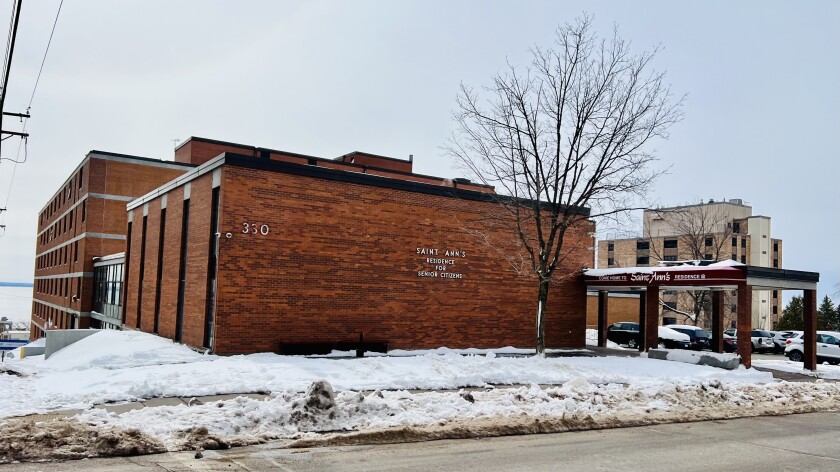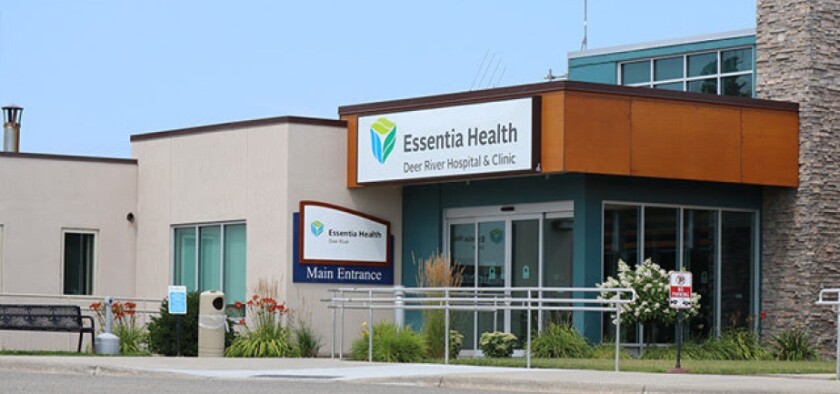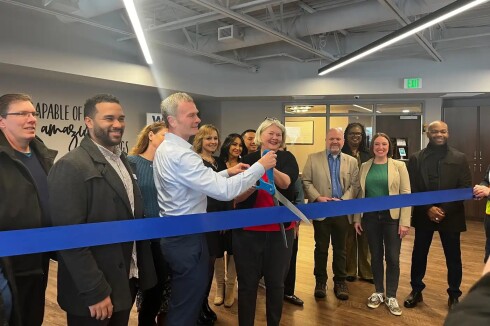DULUTH — The freedom and flexibility of remote positions offered employees better work-life balance and a refuge during the pandemic, but the decrease in foot traffic visibly impacted the downtown landscape.
The city has more vacant corporate buildings, and small businesses often struggle to stay afloat.
ADVERTISEMENT
While some local companies had considered offering remote or hybrid positions before COVID-19, working from home was typically a privilege of IT professionals and very few others.


“Having some flexibility isn’t really a perk anymore,” said Duluth Area Chamber of Commerce Vice President Daniel Fanning. “It’s really more of the expectation and norm for many of the types of positions that are able to be performed remotely.”
Now that many workers have gotten used to working remotely, a few of the city’s largest employers in the retail, health care and energy industries are compromising in shifting to a hybrid approach.
Pre-pandemic practices
Allete, Essentia Health and Maurices implemented flexible work arrangements for some employees prior to the pandemic.

COVID-19 sent Allete into an immediate remote environment for 50% of its downtown workforce. The other half were required on the front lines to ensure Allete’s 155,000 customers throughout Northeastern Minnesota had electricity.
Eventually, office staff began voluntarily returning on-site to Allete’s Superior Street headquarters. As the pandemic mandates were lifted, a hybrid model was adopted to balance flexibility with in-person communications for relationship building.
“At least 50% are here every day,” Allete Director of Human Resources Laura Krollman said. “The rest really just have that flexibility to work that hybrid model.”
ADVERTISEMENT
The hybrid approach, a mix of working from home or the office, has become popular among most Chamber of Commerce members of all sizes, according to Fanning.
Post-pandemic, Maurices’ corporate office also implemented a structured hybrid work model, again focused on flexibility to clarify expectations, enhance productivity and provide consistency.

While some Maurices’ associates are on-site three days a week, positions such as merchandising require a full week’s attendance. Nearly a quarter of Maurices’ office workforce currently operates remotely, but job openings are more likely to be filled with in-person or hybrid staff going forward, Chief Administrative Officer Sue Ross said.
Those interviewing for positions at Maurices’ headquarters express enthusiasm about the downtown area, according to Ross.
“We feel that some presence in the office is important for our culture and for each associate’s well-being,” Ross said. “In addition, we believe getting people back in the office also supports the economic vibrancy of Duluth. Community is very important to us, and as a major employer in downtown Duluth, we want this area to thrive.”
Companies strike balance
The hybrid model appears to be a win-win-win among employers and staff across sectors, as well as for the overall economic health of the downtown district.
“There is clearly a benefit to the local economy and local businesses when employees do come into the office, at least occasionally,” Fanning said.
ADVERTISEMENT
Whether that’s to eat lunch downtown, have meetings in local coffee shops, or grab a happy-hour drink after work — spending money within the community makes a difference, Fanning added.
However, the ability to offer remote or hybrid positions broadens the talent pool for companies across industries that already struggle with regional workforce shortages.
Casting a wider net allows bigger employers like Essentia to access specialized skills from a larger geographic area.
Today, fully remote positions at Allete are a rarity reserved for acquiring employees with unique skill sets that cannot be obtained from the local workforce pool.

Meanwhile, remote work has nearly tripled post-pandemic, with 11-12% of employees now working remotely, according to Vice President of Talent Management John Higgins.
“There's also been this newfound productivity, this newfound empowerment from being able to work in an environment that requires less time commuting, less time at the water cooler, things like that,” Higgins said. “That gives you more time with your family, more time with your friends, and people really value that.”
Hybrid challenges
However, maintaining a strong culture among team members is trickier in a hybrid environment, as Ross pointed out.
ADVERTISEMENT
Technology and differences in communication also posed a learning curve for Allete’s employees across generations.
According to Krollman, one of the biggest challenges of remote work was ensuring existing and new employees felt engaged. Others echoed this sentiment.
“If everybody works in their own silo, in their own vacuum,” Higgins said, “it can lead to some communication breakdowns, some culture breakdowns, some engagement breakdowns.”

To drive connection, Maurices hosts meet-and-greets for new associates, as well as in-person staff development days.
“This is really an evolution,” Krollman said. “We need to continue to see how we're meeting business needs; what we need to make sure we're able to attract, retain and engage our employees, and most importantly, what does it take to keep the lights on?”
Offsetting loss of activity downtown
Despite their shift to remote or hybrid work, Duluth-based companies have invested in the downtown area to support the local economy and increase foot traffic.
ADVERTISEMENT
Allete renovated Lake Superior Plaza, located adjacent to the Minnesota Power building, with solar panel swings and benches. The company partnered with the Downtown Duluth organization on events like Power Up the Plaza to help drive professional networking interactions downtown and foster community with free music and coffee.
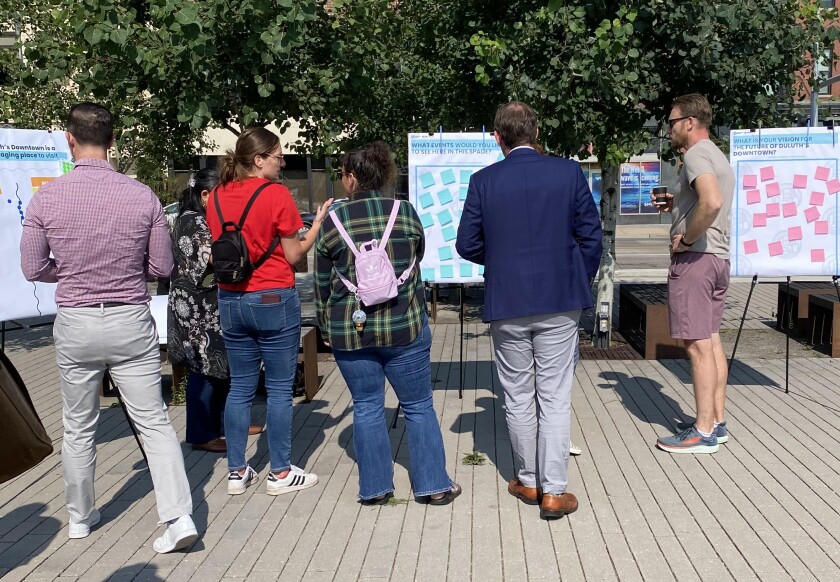
Essentia’s investments in housing and food access programs, as well as the new St. Mary’s Medical Center, are all aimed at contributing to the city’s vibrancy — perhaps offsetting any shift of foot traffic resulting from an increase in remote employment, Higgins said.
“It would have been far less expensive for us to build something like that elsewhere,” Higgins said about the $900 million St. Mary’s project. “But we really chose the center of downtown. We chose to build where our roots are.”
Community Relations Director Tonya Loken estimates Essentia draws 8,000 people downtown daily — between its 5,200 staff members on campus and patients and visitors totaling nearly 3,000 people.
“Even in a virtual care environment, a lot of those folks are working on-site,” Higgins said. “Ninety-plus percent of our staff are bedside caregivers. I'm not sure that I would say our model is contributing to a decline in Duluth. I would argue we're probably one of the stabilizing factors.”
Essentia Health is relocating people into the Northland at a greater pace than ever before to fill on-site patient care positions, Higgins stated.
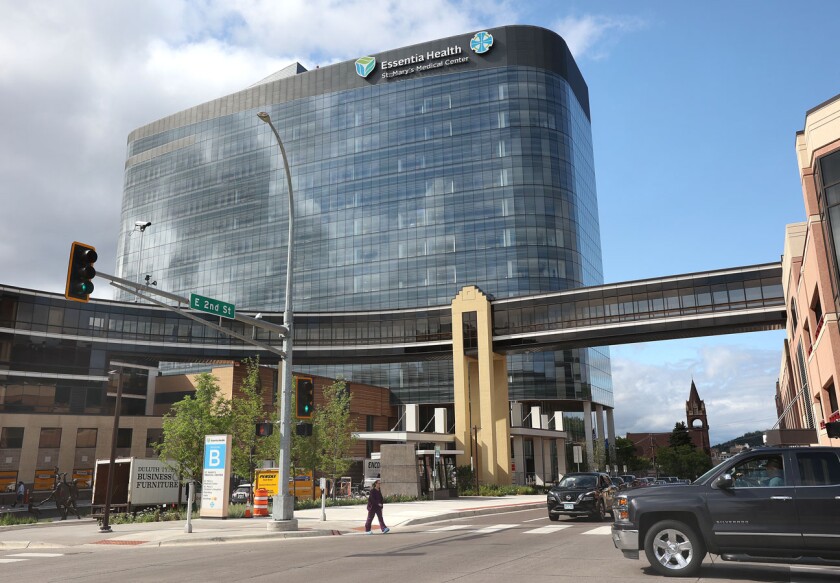
As the largest employer north of the Twin Cities metropolitan area, Essentia Health has made more than $6.2 million in commitments to housing in Duluth over the past three years, with a particular focus on the Hillside neighborhood where it resides.
ADVERTISEMENT
This includes $2.6 million to One Roof Community Housing’s Brae View project, $1.425 million to Brewery Creek, and a $700,000 gap loan to Brewery Creek Terrace.
Essentia Health is a founding member of the Northland Housing Partnership led by Apex to provide gap financing to developers for workforce housing construction.
“The cost to develop in Duluth was already higher than the cost to develop in other communities,” Loken said. “It has gone up significantly since the pandemic because of inflation. So we're just trying to put our shoulder behind housing as much as we can, to make sure that that isn't a barrier for people being downtown.”

Essentia is also a steering committee member for the "Reimagine the Revitalization" effort that Downtown Duluth is leading, Loken said, to discuss converting underutilized commercial spaces to potential housing options.
“A ‘live where you work’ model would work really well for an organization like Essentia,” Loken said. “That is part of the reason, alongside health improvement, that we lean really hard into the housing space, especially in downtown and the spaces that are adjacent to our campus. We think it would be wonderful if we had a significant population of our employees walking and biking to work.”
Downtown slowly gains activity
“It’s been encouraging to slowly but surely see increased activity,” Fanning said. “We hope that only continues to increase.”
Organizations such as Essentia Health and Aspirus-St. Luke’s are drawing other entities to open brick-and-mortar operations in Duluth, as well. Health care systems report an increase in patients as annual physicals and other preventative care are resumed post-pandemic.
“We're excited about what that means for the health of our community, and what that also means in terms of what we need to do to ensure that our workforce meets the demands,” Higgins said. “We need to think about flexible strategies and things like that moving forward.”
Having witnessed the changes in the landscape over three decades working in the heart of the city, Ross is also optimistic there will be an uptick in restaurants, housing, shopping and businesses as Duluth defines its new normal.
“My sense is that some form of hybrid is here to stay,” Ross said, adding, “but there will be a reduction in the number of remote opportunities across industries as it becomes lonelier for the employees and more difficult for teams.”





